The 2012 Honda Pilot manual is essential for optimal operation and maintenance. Available as a downloadable PDF, it provides detailed guidance on features, maintenance, and troubleshooting for owners.
Overview of the 2012 Honda Pilot
The 2012 Honda Pilot is a mid-size SUV known for its reliability and versatility. It features a 3.5L V6 engine, offering a balance of power and fuel efficiency. With seating for up to eight passengers, it is ideal for families and outdoor enthusiasts. The Pilot boasts ample cargo space and a comfortable interior, making it a practical choice for daily use and adventures alike. Its robust design and advanced safety features ensure a smooth and secure driving experience, while its towing capacity adds to its versatility for hauling trailers or boats.

Importance of the Owner’s Manual
The owner’s manual for the 2012 Honda Pilot is a vital resource for understanding and maintaining your vehicle. It provides essential information on operation, maintenance, and troubleshooting, ensuring optimal performance and longevity. The manual includes guidelines for proper care, safety features, and diagnostic procedures, helping owners address issues promptly. By following the recommendations, drivers can enhance fuel efficiency, prevent mechanical problems, and ensure a safe driving experience. Additionally, the manual serves as a quick reference for familiarizing yourself with the vehicle’s advanced features and custom settings, making it an indispensable tool for both new and experienced owners.
Key Features of the 2012 Honda Pilot
The 2012 Honda Pilot is a versatile SUV designed for both comfort and functionality. It features a powerful V6 engine, offering strong performance and towing capacity, making it ideal for family trips or outdoor adventures. The vehicle boasts a spacious interior with ample seating for up to eight passengers, along with generous cargo space for luggage or equipment. Advanced safety features, including a rearview camera and multi-angle backup camera, enhance driver confidence. The Pilot also offers a user-friendly infotainment system and Bluetooth connectivity, ensuring a convenient and enjoyable driving experience. These features, detailed in the manual, highlight the Pilot’s practicality and reliability.
Vehicle Overview
The 2012 Honda Pilot is a mid-size SUV known for its reliability and versatility. It features a 3.5L V6 engine, offering smooth performance and efficient fuel economy. With seating for up to eight passengers, it combines practicality with comfort, making it an excellent choice for families or active lifestyles. The Pilot’s durable design and robust capabilities ensure it handles both daily commuting and off-road adventures with ease, as outlined in the manual.
2012 Honda Pilot Specifications
The 2012 Honda Pilot features a 3.5-liter V6 engine, delivering 250 horsepower and 253 lb-ft of torque. Available in front-wheel or all-wheel drive, it offers a smooth 5-speed automatic transmission. With a towing capacity of up to 4,500 pounds, it is ideal for hauling trailers or boats. The Pilot seats up to eight passengers, providing ample cargo space behind the third row. Fuel efficiency is estimated at 17 mpg in the city and 24 mpg on the highway, making it a practical choice for both urban and rural driving needs.
Design and Interior Features
The 2012 Honda Pilot boasts a practical and family-friendly design with a spacious interior. It features three rows of seating, accommodating up to eight passengers, with ample legroom and cargo space. The interior is equipped with premium materials, including optional leather upholstery for enhanced comfort. The dashboard includes a user-friendly center console with intuitive controls for climate, audio, and navigation systems. Storage compartments and cupholders are strategically placed throughout the cabin for convenience. The Pilot also offers a versatile cargo area, with foldable rear seats to maximize storage capacity, making it ideal for both daily errands and long trips.
Exterior and Performance Capabilities
The 2012 Honda Pilot features a robust exterior design with a boxy SUV profile, offering a commanding presence on the road. It is powered by a 3.5-liter V6 engine, delivering 250 horsepower and 253 lb-ft of torque. The engine is paired with a 5-speed automatic transmission, providing smooth and responsive acceleration. The Pilot is available in front-wheel drive (FWD) and all-wheel drive (AWD) configurations, with the AWD system featuring Honda’s Variable Torque Management. This enhances traction and stability on various terrains. The SUV also offers a towing capacity of up to 4,500 pounds, making it suitable for family adventures and utility needs. Fuel efficiency is estimated at 17 MPG city and 24 MPG highway, balancing performance with practicality.
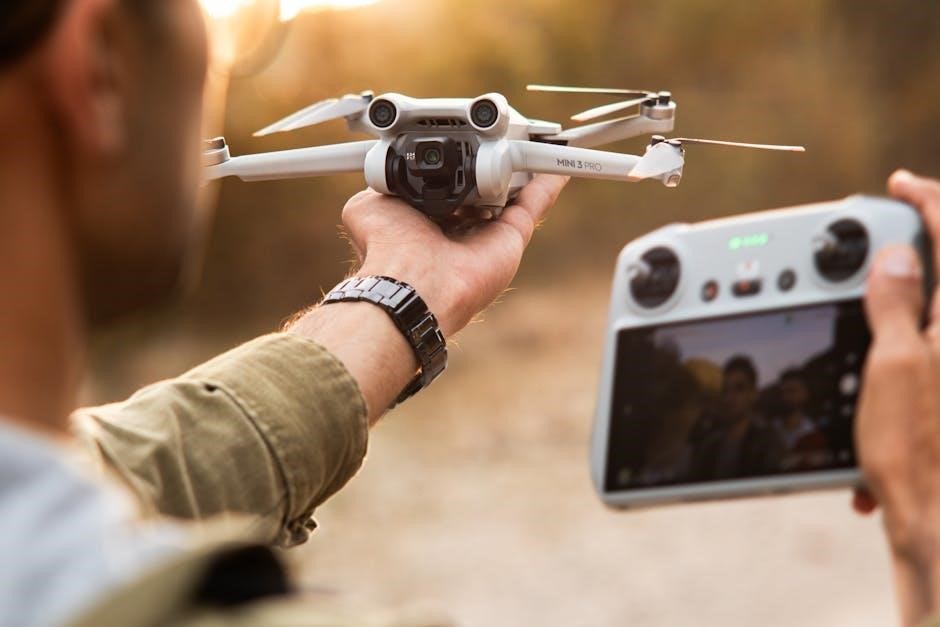
Maintenance and Servicing
Regular maintenance is crucial for the Honda Pilot’s longevity. Schedule oil changes, tire rotations, and inspections to ensure optimal performance and prevent issues. Follow the manual’s guidelines.
Scheduled Maintenance Requirements
The 2012 Honda Pilot requires regular maintenance to ensure reliability and optimal performance. Oil changes are recommended every 5,000 to 7,500 miles, depending on driving conditions. Tire rotations should occur every 15,000 miles to maintain even tread wear. Brake pads and rotors should be inspected at 15,000-mile intervals, while spark plugs need replacement at 30,000 miles. The timing belt should be replaced at 105,000 miles to prevent engine damage. Following the maintenance schedule outlined in the owner’s manual helps prevent issues and extends the vehicle’s lifespan. Always use Honda-recommended parts and fluids for best results.
DIY Maintenance Tips
Performing routine DIY maintenance on your 2012 Honda Pilot can save time and money. Start with regular oil changes using the correct viscosity specified in the manual. Replace the air filter every 15,000 to 30,000 miles to improve fuel efficiency. Check tire pressure monthly and before long trips, ensuring proper inflation for safety and performance. Inspect and top off fluids like windshield washer, coolant, and transmission fluid as needed. Use a torque wrench for lug nuts when rotating tires or changing wheels. Always refer to the owner’s manual for specific guidelines and safety precautions to avoid errors.
Fluids and Lubricants Recommended
The 2012 Honda Pilot requires specific fluids for optimal performance. Use 5W-20 synthetic blend engine oil to enhance fuel efficiency and protect the engine. The coolant should be a 50/50 mix of Honda Long Life Coolant and distilled water to prevent corrosion. For the transmission, Honda ATF DW-1 is recommended to ensure smooth gear shifts. Brake fluid should meet DOT 3 specifications, and power steering fluid should be Honda-specific for compatibility. Regularly checking and topping off these fluids can prevent damage and extend the vehicle’s lifespan. Always refer to the owner’s manual for exact specifications and guidelines.
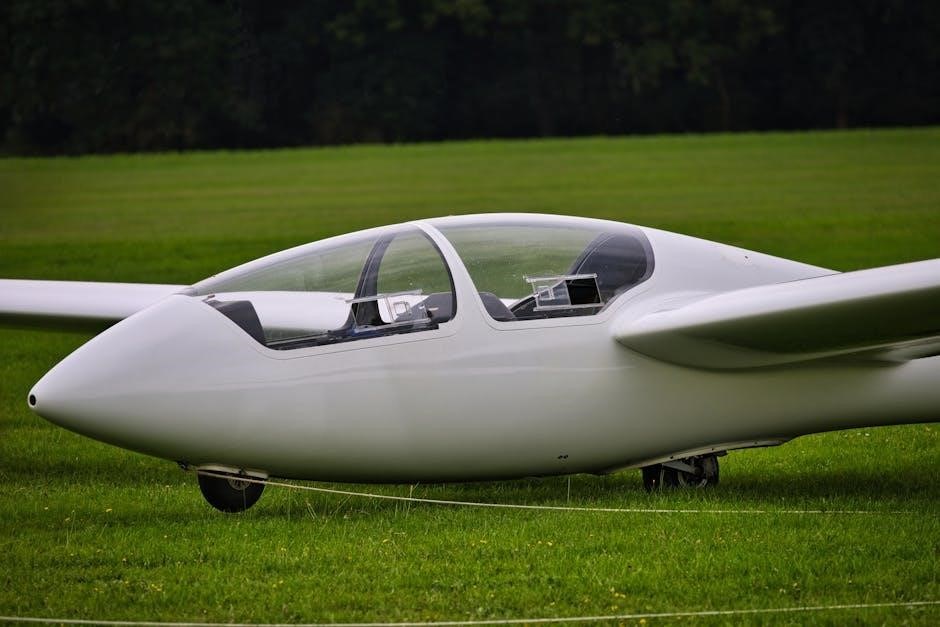
Features and Customization
- The 2012 Honda Pilot offers customizable seating with 8-passenger capacity.
- Multi-angle rearview camera enhances parking convenience.
- Tri-zone climate control ensures personalized comfort.
- Customizable cargo management systems maximize storage.
- Available upgrades include premium audio and rear entertainment.
- Owners can install genuine Honda accessories for added functionality.
Infotainment and Navigation Systems
The 2012 Honda Pilot features an advanced infotainment system with a high-resolution display. It includes AM/FM radio, CD player, and USB connectivity for seamless device integration. The optional navigation system provides voice-guided directions and real-time traffic updates; Bluetooth connectivity allows hands-free calling and audio streaming. Users can customize settings like display brightness and audio equalization. The manual guides owners on syncing devices, updating maps, and troubleshooting common issues. These systems enhance both convenience and entertainment, making every drive more enjoyable. Regular software updates ensure optimal performance and compatibility with new devices.

Customization Options for the Honda Pilot
The 2012 Honda Pilot offers various customization options to tailor the vehicle to individual preferences. Owners can choose from a range of interior accessories, such as premium seat covers and illuminated door sills, to enhance comfort and aesthetics. Exterior modifications include roof racks, bike attachments, and different alloy wheel designs for a personalized look. Honda-approved accessories ensure compatibility and maintain warranty coverage. The manual provides guidance on selecting and installing these options, helping owners enhance their driving experience without compromising safety or performance. Customization allows each Pilot to reflect its owner’s unique style and functional needs effectively.
Advanced Safety Features
The 2012 Honda Pilot is equipped with advanced safety features to ensure driver and passenger protection. The Multi-Angle Rearview Camera provides enhanced visibility, while the Advanced Compatibility Engineering (ACE) body structure improves collision energy absorption. The Vehicle Stability Assist (VSA) system helps maintain traction, and the anti-lock braking system (ABS) with electronic brake distribution (EBD) optimizes stopping performance. Dual-stage, multiple-threshold airbags and side curtain airbags offer comprehensive protection. The manual details these features, emphasizing their role in preventing accidents and minimizing injury, giving owners confidence on the road. These technologies make the Pilot a reliable choice for safe and secure driving.

Diagnostic and Troubleshooting
The 2012 Honda Pilot manual provides detailed guidance for diagnosing and resolving common issues. It covers tools, error codes, and self-diagnostic features to help owners identify and address problems efficiently.
Understanding the Instrument Panel
The 2012 Honda Pilot’s instrument panel is designed to provide clear and essential information at a glance. It features a speedometer, tachometer, fuel gauge, and temperature gauge, along with warning lights for system status. The manual explains each indicator’s function, ensuring drivers can quickly identify normal operations or potential issues. Customizable settings allow adjustments to display preferences, enhancing driving comfort. The panel also includes controls for cruise control and other features, making it a central hub for vehicle monitoring and operation. This section helps owners interpret dashboard symbols and utilize the panel’s capabilities effectively.
Common Trouble Codes and Solutions
The 2012 Honda Pilot may display trouble codes through its instrument panel, indicating specific issues. Common codes include “D4” for transmission problems and “P” codes related to engine performance. For example, P0301-P0304 often indicate misfires in cylinders 1-4, respectively. Solutions may involve checking spark plugs, fuel injectors, or ignition coils. The owner’s manual provides a comprehensive list of codes and their meanings. If issues persist, consulting a certified Honda technician is recommended to ensure proper diagnostics and repairs. Regular maintenance can often prevent these codes from appearing. Always refer to the manual for guidance.
Resetting the Maintenance Minder
Resetting the Maintenance Minder on your 2012 Honda Pilot is essential after completing scheduled maintenance. To do this, start by turning the ignition to the “ON” position without starting the engine. Press and hold the “SELECT/RESET” button until the maintenance due mileage appears. Turn the ignition off, then press and hold the button again while turning the ignition back to “ON.” Release the button when the maintenance light resets to “0.” This ensures your vehicle tracks future service intervals accurately. Always refer to your owner’s manual for detailed instructions.

Technical Specifications
The 2012 Honda Pilot features a 3.5L V6 engine with 250 horsepower, 5-speed automatic transmission, and FWD/AWD options. It has a 21-gallon fuel capacity, 191.4-inch length, and up to 4,500-pound towing capacity.
Engine and Transmission Details
The 2012 Honda Pilot is equipped with a 3.5-liter SOHC V6 engine, producing 250 horsepower at 5,700 rpm and 253 lb-ft of torque at 4,800 rpm. It features Variable Cylinder Management (VCM), which improves fuel efficiency by deactivating cylinders during light driving conditions. The engine is paired with a 5-speed automatic transmission, offering smooth and responsive shifting. Both front-wheel drive (FWD) and all-wheel drive (AWD) configurations are available, with the AWD system incorporating a lockable rear differential for enhanced traction in challenging terrain.
Brake and Suspension Systems
The 2012 Honda Pilot features a robust braking system with vented front disc brakes (12.6 inches) and solid rear disc brakes (13 inches), ensuring reliable stopping power. The Anti-lock Braking System (ABS) is standard, preventing wheel lock-up during hard braking. The suspension system includes a MacPherson strut front setup and a multi-link rear suspension, providing a smooth ride and responsive handling. The Vehicle Stability Assist (VSA) system enhances stability by adjusting engine power and braking when needed. This combination ensures a balance of comfort and control, whether on paved roads or light off-road terrain.
Fuel Efficiency and Performance
The 2012 Honda Pilot delivers solid performance with its 3.5-liter V6 engine, producing 250 horsepower and 253 lb-ft of torque. It features Variable Cylinder Management (VCM), which improves fuel efficiency by deactivating cylinders during light driving conditions. The EPA estimates 17 mpg city and 24 mpg highway for front-wheel-drive models, while all-wheel-drive models achieve 16 mpg city and 22 mpg highway. The Pilot also includes an Eco Assist system to help drivers optimize fuel efficiency. This combination of power and economy makes it suitable for both daily commuting and family adventures.
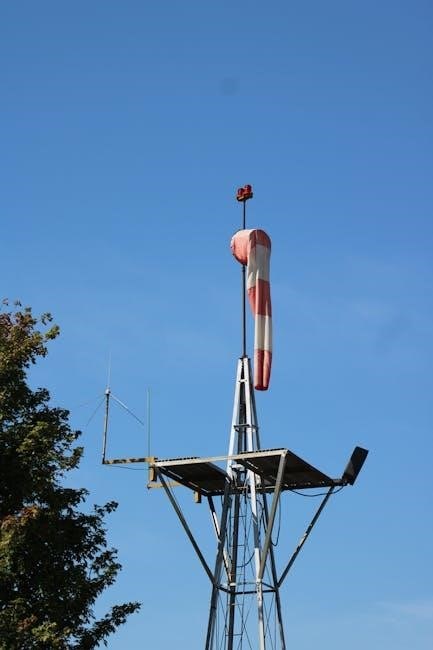
Accessories and Modifications
Popular accessories include roof racks for bikes or luggage, premium floor mats, and cargo organizers. Modifications like aftermarket infotainment systems or phone mounts enhance functionality. Exterior upgrades such as body kits or alloy wheels improve aesthetics. Suspension upgrades and performance exhaust systems can enhance handling and power delivery, making the Pilot more versatile for various needs and preferences.
Recommended Accessories for the Honda Pilot
For the 2012 Honda Pilot, essential accessories include roof racks for enhanced cargo capacity, premium floor mats to protect the interior, and cargo organizers for better storage management. Additionally, phone mounts and wireless charging pads are practical for convenient smartphone use. Exterior upgrades like alloy wheels or body kits can elevate the vehicle’s appearance. Suspension upgrades and performance exhaust systems are popular for improving handling and power delivery. These accessories enhance both functionality and personalization, catering to diverse driving needs and preferences.
Popular Modifications and Upgrades
Popular modifications for the 2012 Honda Pilot include performance upgrades such as cold air intakes and aftermarket exhaust systems to enhance power and sound. Many owners opt for suspension lifts or coilover systems to improve ground clearance and off-road capability. LED lighting upgrades for headlights and fog lights are also common for better visibility and a modern look. Interior upgrades like premium seat covers or custom dash trim add a personal touch. Exterior modifications such as body kits or alloy wheels are popular for a sleek, customized appearance.
Installation Tips for Aftermarket Parts
When installing aftermarket parts on your 2012 Honda Pilot, always follow the manufacturer’s instructions and consult the owner’s manual for compatibility. Ensure proper tools and a clean workspace are available. Torque specifications must be adhered to avoid damage. Test all systems post-installation to confirm functionality. For complex modifications, consider consulting a professional. Electrical upgrades should be wired carefully to avoid short circuits. Aftermarket suspension or brake upgrades may require alignment checks. Always test drive cautiously after modifications to ensure safety and performance;
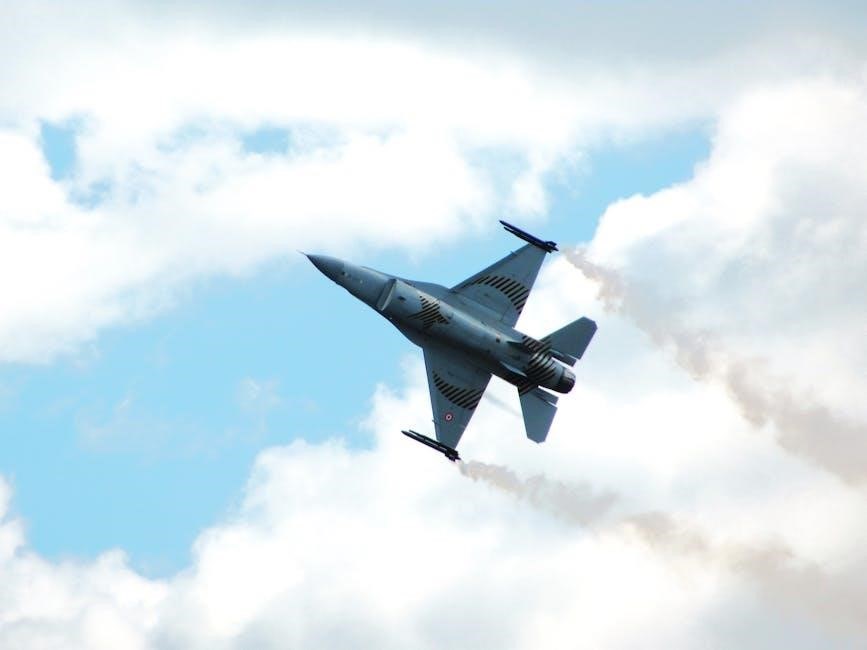
Safety Features
The 2012 Honda Pilot is equipped with advanced safety features, including a robust ACE body structure, six airbags, electronic stability control, and anti-lock brakes, ensuring optimal protection and control.
Passive and Active Safety Systems
The 2012 Honda Pilot features a comprehensive suite of safety systems. Passive systems include the Advanced Compatibility Engineering (ACE) body structure and dual-stage, multiple-threshold front airbags. Additionally, the Pilot is equipped with side airbags and side curtain airbags for enhanced protection. Active safety systems include Vehicle Stability Assist (VSA) with traction control, anti-lock braking system (ABS), and electronic brake distribution. These systems work together to provide stability, control, and protection in various driving conditions, ensuring a safer experience for all occupants.
Airbag and Collision Mitigation Features
The 2012 Honda Pilot is equipped with a sophisticated airbag system, featuring dual-stage, multiple-threshold front airbags, front side airbags, and side curtain airbags with rollover sensors. These airbags deploy in a controlled manner to minimize injury. The Pilot also includes advanced collision mitigation features, such as the Multi-Angle Rearview Camera, which provides three viewing modes for enhanced visibility. Additionally, the ACE body structure helps distribute collision forces away from occupants. These systems work together to enhance safety and reduce the risk of injury in the event of a collision.
Child Safety and Seatbelt Guidelines
The 2012 Honda Pilot prioritizes child safety with features like the LATCH (Lower Anchors and Tethers for Children) system, ensuring secure installation of child seats. The rear seat reminder alerts drivers to check the back seat before exiting. The Pilot also features height-adjustable seatbelts and a belt reminder system for all passengers. Properly securing children in approved car seats, based on their age, weight, and height, is essential. Always refer to the owner’s manual for detailed guidelines on installing child seats and using seatbelt features effectively to ensure maximum safety for all occupants.
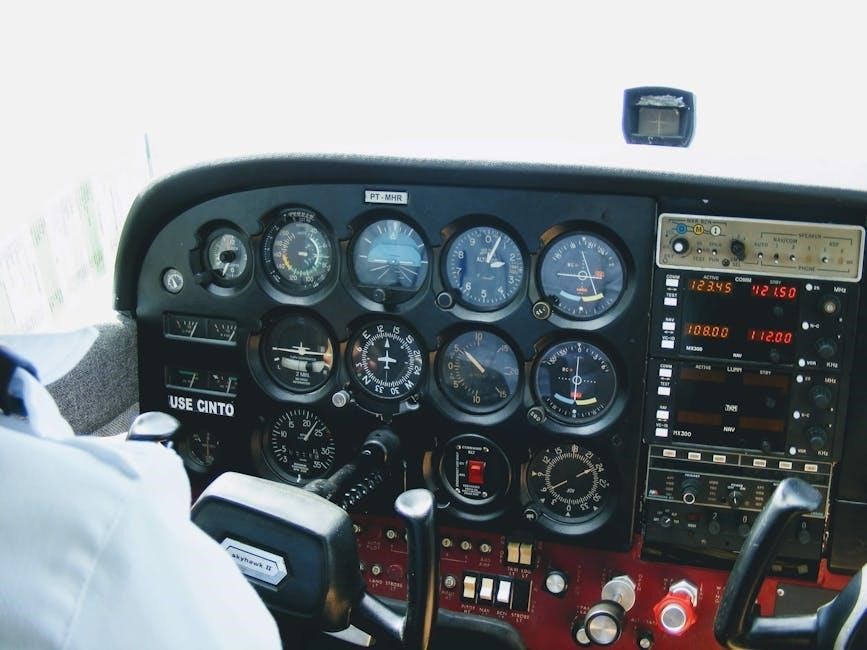
Recalls and Updates
Honda issued specific recalls for the 2012 Pilot to address safety concerns. Owners should check for updates and ensure their vehicle is up to date.
Known Recalls for the 2012 Honda Pilot
The 2012 Honda Pilot has been subject to several recalls to address safety and reliability concerns. One major recall involved the fuel system, where excessive pressure could cause cracks and lead to fuel leaks. Another recall addressed issues with the air conditioning system, which could result in electrical failures. Additionally, some models had problems with the rearview camera and electronic stability control systems. Owners are advised to check the Honda website or contact local dealerships to confirm if their vehicle is affected and schedule necessary repairs to ensure safety and compliance.
Software and Firmware Updates
Honda occasionally releases software and firmware updates for the 2012 Pilot to improve functionality and address potential issues. These updates may apply to systems like the infotainment, navigation, and engine control units. Owners can check for updates by visiting Honda’s official website and entering their Vehicle Identification Number (VIN). Dealerships can also perform these updates during service visits. Regular updates ensure optimal performance, safety, and compatibility with newer features. It is recommended to use Honda-approved tools and follow guidelines to avoid system corruption during the update process. Always refer to the owner’s manual for detailed instructions.
How to Check for Recalls and Updates
To check for recalls and updates for your 2012 Honda Pilot, visit Honda’s official website and navigate to the “Recalls” section. Enter your Vehicle Identification Number (VIN) to search the database. You can also contact a local Honda dealership or check your mail for recall notices. Additionally, the National Highway Traffic Safety Administration (NHTSA) website allows you to search for recalls by VIN. If a recall is found, schedule a service appointment with a certified Honda dealer to address the issue promptly. Regular checks ensure your vehicle remains safe and up-to-date.
The 2012 Honda Pilot is a versatile and reliable SUV, offering a blend of comfort, performance, and practicality. By following the owner’s manual and staying informed about recalls and updates, owners can ensure optimal vehicle performance and safety. Regular maintenance, proper care, and understanding the vehicle’s features are key to extending its lifespan. Whether for daily commuting or family adventures, the Honda Pilot delivers a dependable driving experience. Always refer to the manual for guidance, and consult Honda professionals for any service needs. Safe driving and enjoyable ownership await with the 2012 Honda Pilot!
